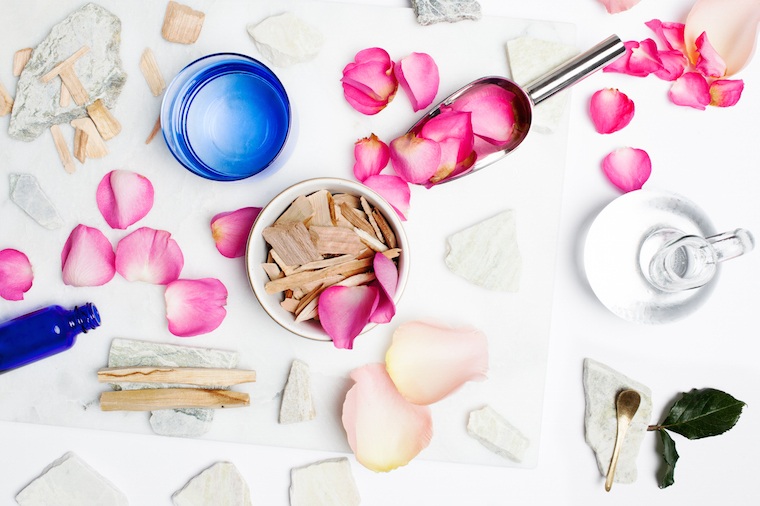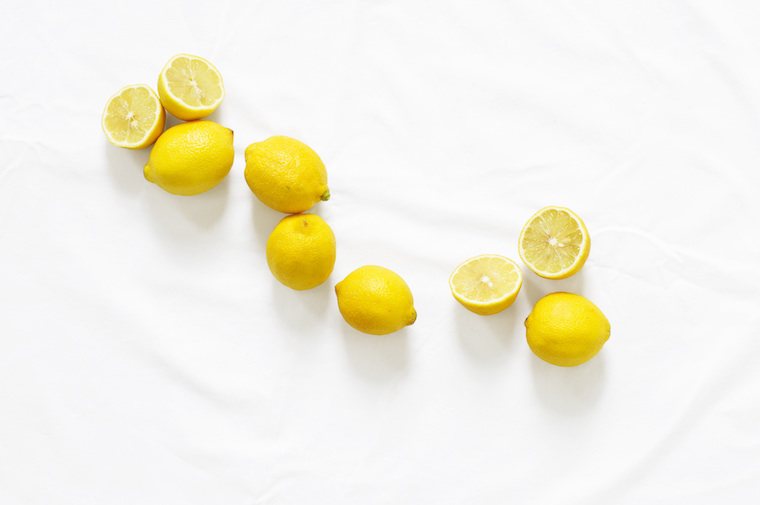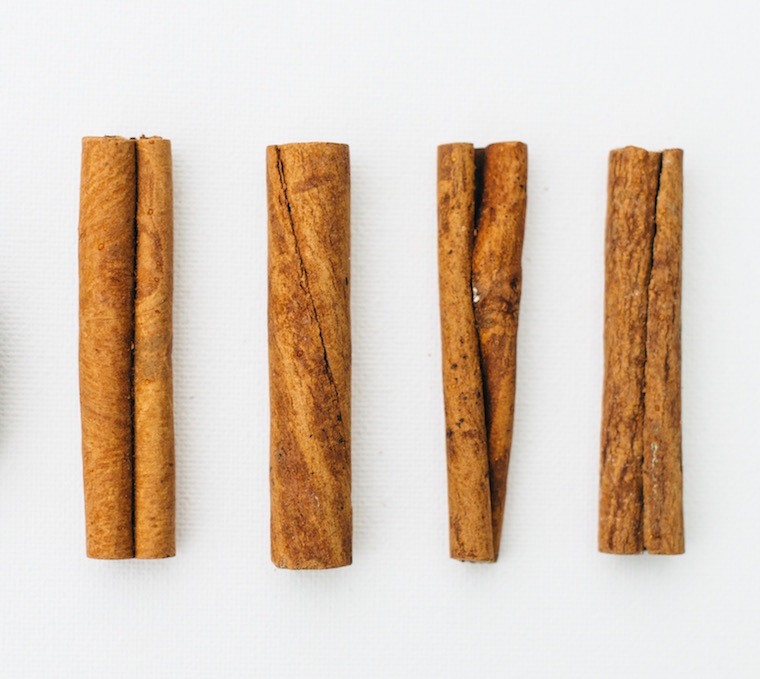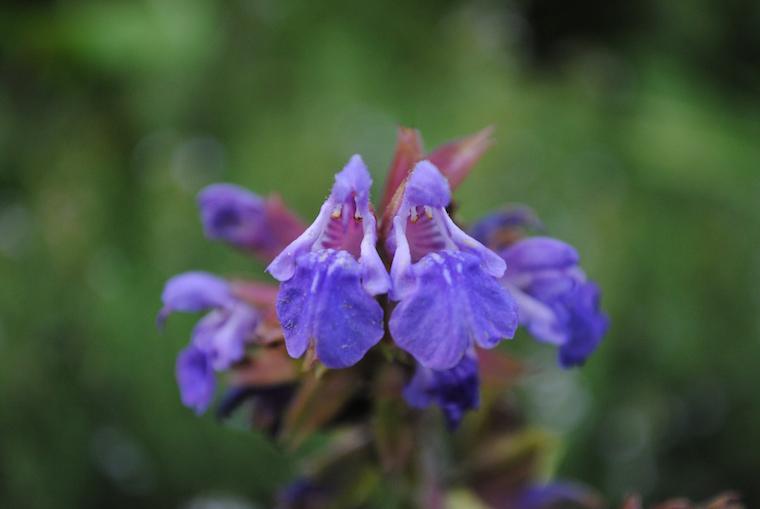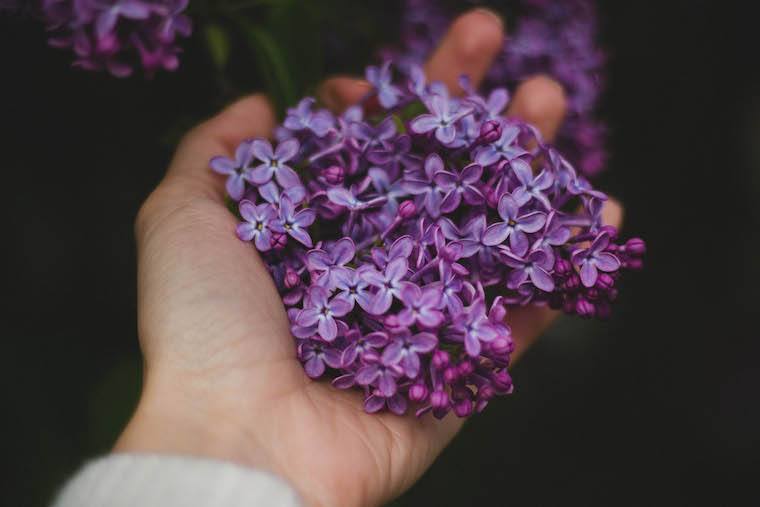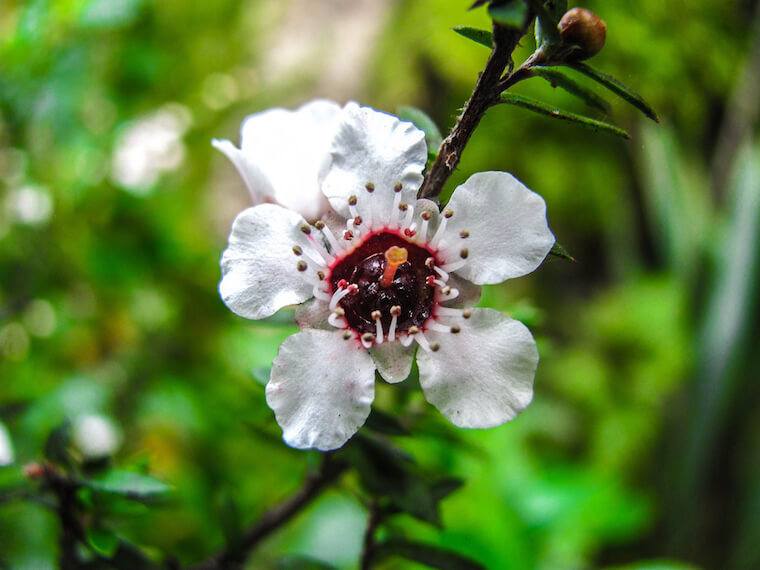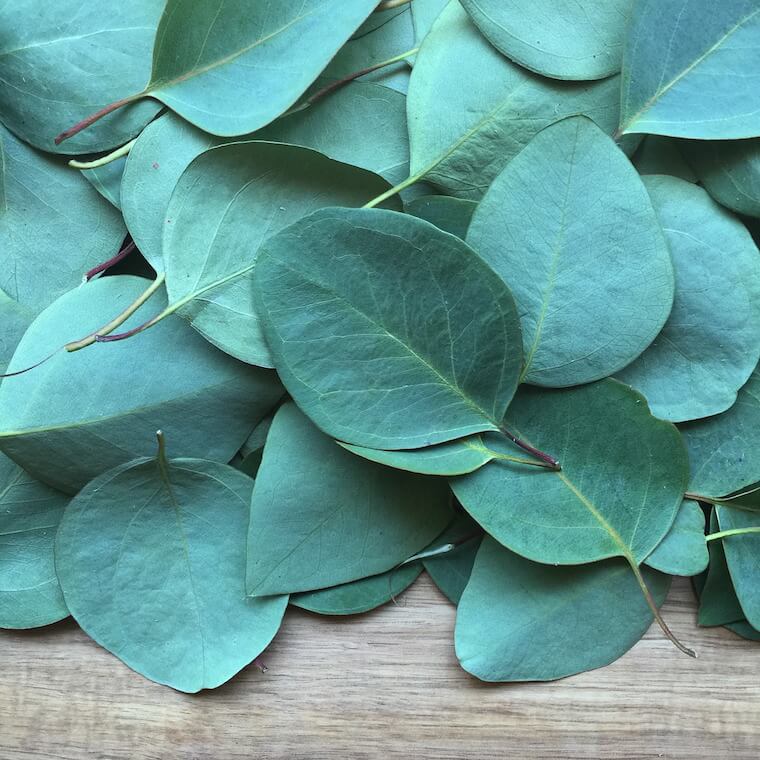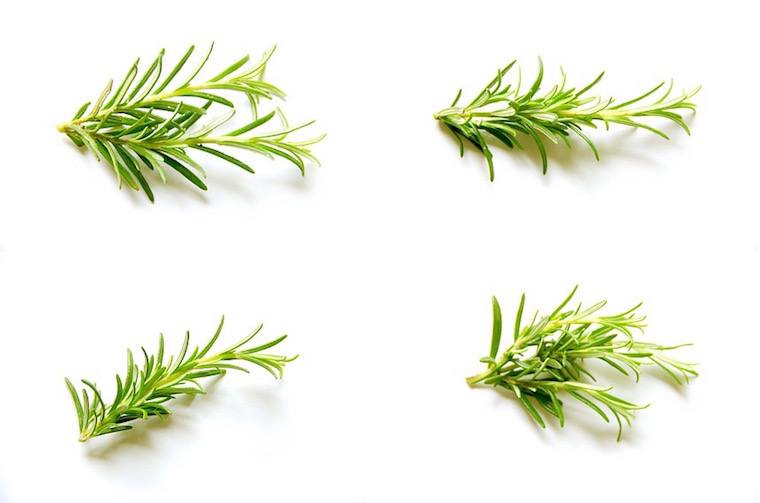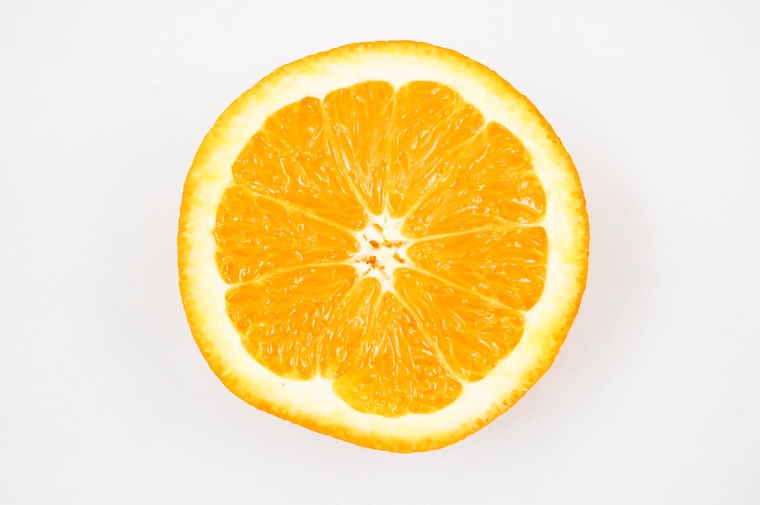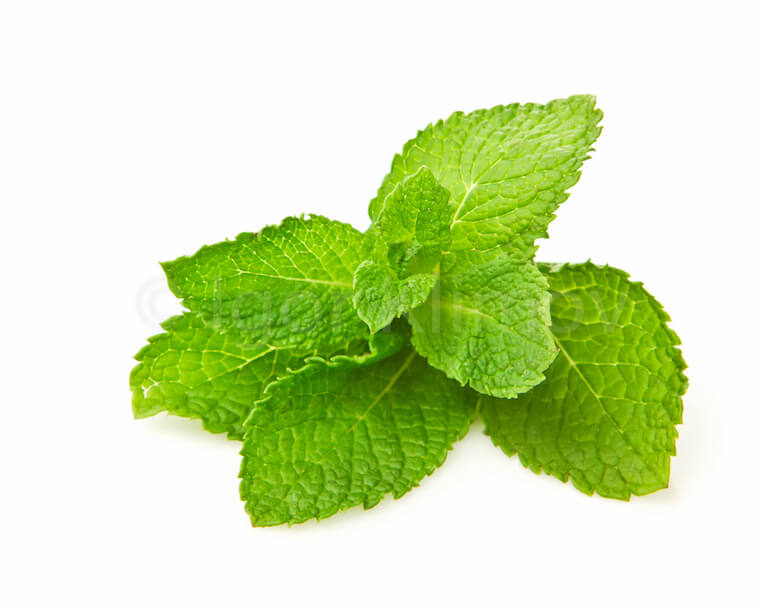Grapefruit is a delicious citrus fruit with many health benefits. However, it can interact with some common medications, altering their effects on your body.
If you’re curious about the grapefruit warning on many medicines, this article will help you understand why it’s there and what your options are.
Here’s a closer look at 32 common drugs that may have dangerous interactions with grapefruit, as well as some alternatives.
Note: This article contains general information — not specific medical advice. Talk to your physician before changing your use of any medication.

How Does It Interact With Medications?
Medications are processed in your liver and small intestine by a specialized group of proteins called cytochrome P450 (CYPs).
CYPs break down medications, reducing the blood levels of many of them.
Grapefruit and a few of its close relatives, such as Seville oranges, tangelos, pomelos and Minneolas, contain a class of chemicals called furanocoumarins.
Furanocoumarins disrupt the normal function of CYPs. In fact, studies show that they increase the blood levels of over 85 medications (1).
By slowing down the way in which CYPs normally break down medications in your gut and liver, grapefruit can increase the side effects of these drugs (1).
There are three things to know in order to understand if and how you can safely consume grapefruit with these medications.
- It doesn’t take much: One whole grapefruit or one glass of grapefruit juice is enough to alter how these medications affect you.
- It lasts several days: Grapefruit’s ability to affect medication lasts for 1–3 days. Taking your medication a few hours apart from consuming it isn’t long enough.
- It’s significant: For a small number of drugs, grapefruit’s effects can be serious.
With that in mind, here is detailed information about 32 common medications that may interact with grapefruit, categorized by use.
1–3: Some Cholesterol Medications
Some cholesterol medications called statins are affected by grapefruit.
Statins work by limiting the natural production of cholesterol. This improves the profile of lipoproteins in the blood and decreases deaths from heart disease in patients at risk of it (2).
Statins can cause rhabdomyolysis, or the breakdown of muscle tissue. This leads to muscle weakness, pain and occasionally kidney damage (3).
Grapefruit increases the blood levels of three common statins substantially, increasing the risk of rhabdomyolysis (4):
- Atorvastatin (Lipitor)
- Lovastatin (Mevacor)
- Simvastatin (Zocor)
One study showed that drinking a glass of grapefruit juice with simvastatin or lovastatin increased blood levels of these statins by 260% (5).
Alternatives: Pravastatin (Pravachol), rosuvastatin (Crestor) and fluvastatin (Lescol) do not interact with grapefruit (1).
Summary: Grapefruit can increase the side effects of some statin cholesterol medications, causing muscle damage.
4–7: Certain Blood Pressure Medications

Most types of blood pressure medicine are not affected by grapefruit.
However, the following four blood pressure medications should be used cautiously:
- Felodipine
- Nifedipine (Procardia)
- Losartan (Cozaar)
- Eplerenone (Inspra)
The first two medications in this list are known as calcium channel blockers. They work by changing the way your blood vessels use calcium, relaxing the vessels and relieving blood pressure.
The last two medications in this list work by decreasing the activity of a hormone called angiotensin 2, which naturally increases blood pressure.
One study found blood levels of nifedipine increased dramatically when taken with about 2 cups (500 ml) of grapefruit juice, compared to no juice. This resulted in a rapid drop in blood pressure, which could be dangerous if unsupervised (6).
Losartan is unusual in that its effects decrease — instead of increase — with grapefruit. This may limit its ability to control blood pressure (7).
Eplerenone works similarly to losartan, but its levels increase when taken with grapefruit. Excessive eplerenone levels can cause too much potassium in the blood, which can interfere with heart rhythm (1).
Alternatives: Spironolactone (Aldactone), a similar drug to losartan and eplerenone, does not interact with grapefruit. Amlodipine (Norvasc) is a calcium channel blocker like felodipine and nifedipine, which also does not interact with grapefruit (6, 8).
Summary: Though grapefruit does not interfere with most blood pressure medications, it can cause a few medications to over-correct blood pressure.
8–9: A Few Heart Rhythm Medications
Grapefruit influences a few medications that treat abnormal heart rhythms.
These interactions can be particularly dangerous, and include:
- Amiodarone
- Dronedarone (Multaq)
A study gave a glass of grapefruit juice (about 300 ml) to 11 men taking amiodarone. Drug levels increased by up to 84%, compared to those not drinking the juice (9).
These two medications play a critical role in managing the health of patients with heart rhythm disorders. Grapefruit-related changes in levels of these drugs have occasionally caused dangerous heart rhythm changes (10).
Summary: Although only a few heart rhythm medications interact with grapefruit, the side effects can be dangerous.
10–13: Some Anti-Infection Medications

Collectively called antimicrobials, these anti-infection medications vary widely in their actions and breakdown in the body.
Although antimicrobials are one of the most diverse categories of medications, there are only a few medications with known important grapefruit interactions:
- Erythromycin
- Rilpivirine and related HIV drugs
- Primaquine and related antimalarial drugs
- Albendazole
Erythromycin is used to treat several types of bacterial infections. A study comparing grapefruit juice to water in patients taking erythromycin showed that the juice increased the drug’s blood levels by 84% (11).
Excess levels of this medication can disrupt heart rhythm (11).
Levels of the HIV medications rilpivirine and maraviroc, in addition to primaquine-related antimalarial drugs, are also increased by grapefruit. This may affect heart rhythm or function (1).
Because antimicrobials are generally taken for a limited time, perhaps it’s easiest to simply avoid grapefruit while taking these medications.
Alternatives: Clarithromycin is a medication in the same class as erythromycin that does not interact with grapefruit. Doxycycline is both an antibiotic and antimalarial drug that also does not interact with it (1).
Summary: Some anti-infection medications should not be used with grapefruit, as they can lead to disrupted heart rhythm or function.
14–21: Several Mood Medications

Most antidepressants and anti-anxiety drugs are safe to use with grapefruit.
However, several mood medications do interact with it, including:
- Bupropion (Wellbutrin)
- Quetiapine (Seroquel)
- Lurasidone (Latuda)
- Ziprasidone (Geodon)
- Buspirone (Buspar)
- Diazepam (Valium)
- Midazolam (Versed)
- Triazolam (Halcion)
In addition to being an antidepressant, bupropion is prescribed to help people quit smoking. Its blood levels increase with grapefruit, which can increase dizziness and sleepiness (1).
Drugs like quetiapine and lurasidone are used to treat mood and behavioral disorders. Increased levels of these drugs can cause heart rhythm changes or sleepiness (1).
Furthermore, diazepam, midazolam and triazolam are sedatives that are sometimes used for panic attacks or other forms of anxiety.
One study compared some of these drugs in nine patients with and without grapefruit. It showed that grapefruit can increase these drugs’ effects, resulting in excessive drowsiness (12).
Summary: Eating grapefruit while taking the mood-related medications above can result in heart rhythm changes, excessive sleepiness and other drug-specific effects.
22–25: Certain Blood Thinners
Blood thinners are used to treat or prevent blood clots. Some of them are affected by grapefruit, including:
- Apixaban (Eliquis)
- Rivaroxaban (Xarelto)
- Clopidogrel (Plavix)
- Ticagrelor (Brilinta)
Clopidogrel depends on CYPs — the proteins that grapefruit limits — to work. Thus, it becomes less active when mixed with grapefruit.
A study of seven patients taking clopidogrel with 200 ml of either grapefruit juice or water showed lower activation of the drug with the juice. However, its ability to treat blood clots was not affected (13).
Contrarily, grapefruit increases the blood levels of other medications on this list, which can result in bleeding (14).
Alternatives: Warfarin (Coumadin) is used for similar purposes as apixaban and rivaroxaban. While warfarin is sensitive to foods containing vitamin K, its activation is not affected by grapefruit (15).
Summary: Several blood thinners are affected by grapefruit. This can lead to bleeding or less effective prevention of blood clots.
26–28: Several Pain Medications

Multiple pain medications are affected by grapefruit:
- Fentanyl
- Oxycodone
- Colchicine
Fentanyl and oxycodone are narcotic pain relievers. Although their blood levels are only slightly affected by small amounts of grapefruit, it may change the length of time they remain in the body (16, 17).
Colchicine is an older medication used to treat gout. It is processed by CYPs and could potentially interact with grapefruit. Nevertheless, a 2012 study showed that drinking 240 ml of grapefruit juice only had a minimal effect on its levels (18).
Alternatives: Morphine and dilaudid are narcotic pain relievers that are not affected by grapefruit (1).
Summary: Some narcotic pain relievers persist longer in the blood when taken with grapefruit.
29–32: A Few Erectile Dysfunction and Prostate Medications
A few erectile dysfunction and prostate medications deserve attention regarding grapefruit interactions:
- Sildenafil (Viagra)
- Tadalafil (Cialis)
- Tamsulosin (Flomax)
- Silodosin (Rapaflo)
Erectile dysfunction medications like sildenafil and tadalafil work by relaxing blood vessels, which increases blood flow to an erection.
Because other blood vessels relax with these medications as well, increased blood levels of these drugs caused by grapefruit can decrease blood pressure (8).
Moreover, prostate enlargement medications such as tamsulosin can also cause increased dizziness and low blood pressure when taken with grapefruit (19).
Alternatives: Another class of prostate enlargement medications, which includes finasteride and dutasteride, is not significantly affected by grapefruit (19).
Summary: Grapefruit should not be consumed with erectile dysfunction medications or certain prostate enlargement medications.
Should You Give Up Grapefruit?

While this article lists 32 common medications that interact with grapefruit, it is not a complete list.
Drugs.com offers a drug interaction checker that you can use to check your medications for interactions.
Additionally, Rxlist.com lists some less common medications that also interact with grapefruit.
It’s important to remember that just one whole grapefruit or about one large glass of juice is enough to change the blood levels of many drugs. And some of these medications may have serious side effects when they interact with grapefruit.
If you are currently taking medications with grapefruit interactions, switch to an alternative drug or stop consuming grapefruit.
If in doubt, reach out to your doctor or pharmacist for personalized advice.
Summary: Even small amounts of grapefruit can interact with some medications and cause serious side effects.
The Bottom Line
Grapefruit interferes with proteins in the small intestine and liver that normally break down many medications.
Eating grapefruit or drinking grapefruit juice while taking these medications can lead to higher levels in your blood — and more side effects.
With some drugs, with even small amounts of grapefruit can cause severe side effects. Therefore, the combination should be avoided.
These drugs may be marked with a grapefruit interaction warning by your pharmacy.
Make sure your doctor and pharmacist know if you regularly consume grapefruit. They can help you decide whether it’s safe to consume while on certain medications.
~Thanks to Dr. Matthew Thorpe, MD, PhD
